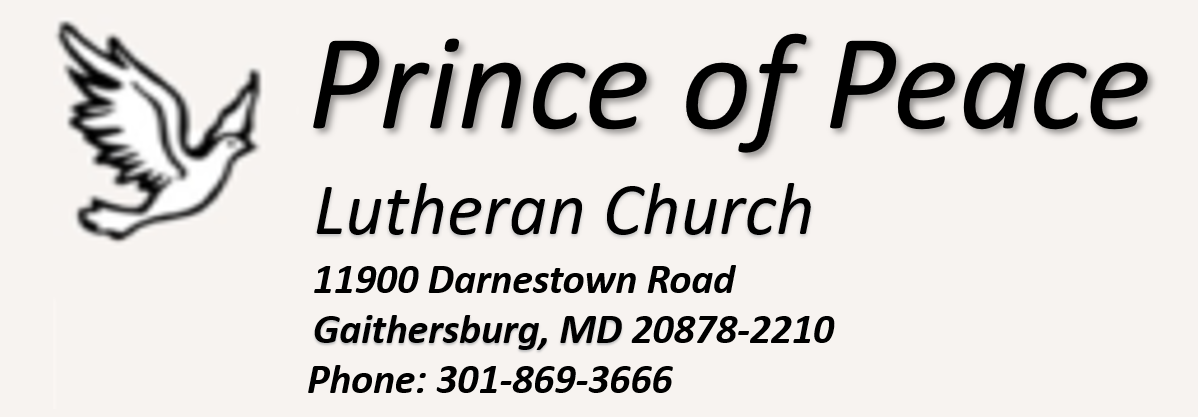The Axe and the Fire (Second Sunday in Advent)
Sermons on YouTube…
The first people who owned my house back about 35 years ago planted an enormous number of trees around the property. In fact, they planted way too many for a lot of them to thrive as they got bigger. Additionally, as my tree guys explained to me, quite a number of them had life spans of about 20 years.
And so not long after I bought the house, a bunch of them had died and were falling over on my neighbor’s property. I had them taken down, but since they were in the far back of my yard and up a hill, the stumps weren’t really in my way and I didn’t pay to have them ground out.
And so the stumps sat there and began to rot. But I couldn’t plant anything new there, because of the dead stumps. Some of them were actually in my way when I did yard work, and they were a tripping hazard. And I told myself that eventually I should take these things out. But it would take time and be a lot of work. And so I ignored them for years.
But this past summer, I finally decided I should deal with them. I have a big digging bar, which worked remarkably well in prying them out. But I was often amazed at how deep and extensive the old, rotted roots still ran. And it did take effort and it did take time, but now my tripping hazard is gone. And now, if I want, I can actually plant living things where before there was just dead wood.
And I thought about that experience as I was reading today’s Gospel. Usually, whenever I read John the Baptist’s words about stuff like “the axe lying at the root of the trees” or “the chaff he will burn with unquenchable fire”, I think John is just hoping God will come along and cut down the evil people and burn them up! Maybe that is what John envisioned. But maybe there’s also another way that God wants us to look at this imagery.
The thing is, John’s mission was to call people to “prepare the way of the Lord” – that is, he was calling people to get ready for a new and life-giving experience of God in their lives. But there can be a lot of stuff that gets in the way of being prepared – or even being open – to the new and life-giving things God is doing.
And so I wondered about the axe at the root of the trees that bear no fruit. Did you notice that the axe is just lying there? It’s not being wielded by anybody. What if that’s an invitation to each one of us to cut away what’s dead in our lives? An invitation to ask ourselves, “What is it that isn’t bearing fruit anymore? What is it that – like those stumps in my back yard – is taking up the soil of our lives and not giving us space for God to plant something new and life giving?”
For me, anyway, I often feel like the “trees that don’t bear fruit in my life” are things that used to bear fruit, but don’t anymore. That “tree” may be an old routine or situation that used to help me, but now doesn’t. It may be a relationship that used to be there, but now is gone. It may simply be a time in my life that I enjoyed and felt that I flourished in. But now that time has passed.
And for me, the “roots” of loss and sorrow and disappointment sometimes run deeper and more extensively in my life than I realize. But they take up the soil of my life that God is offering to plant new things in.
Maybe the axe lying at the root of the trees is God’s invitation to prepare by cutting out (or digging out with the digging bar!) the old dead things in our lives that get in the way of new life. Like digging out the stumps, it’s often hard and takes time. But digging out what’s dead in our lives is often what’s needed to prepare for the new life God wants us to have.
And then there’s this stuff about the chaff. Again, I often read that and wonder who John thought was the “grain” and who was the “chaff.” But again, maybe there’s another way we should look at this image.
The thing about grain is that it’s what’s milled to make bread. That is, it’s the image of life. The chaff is the stuff that surrounds the grain. It’s part of the life process of growing the grain, and the chaff is not evil. But it gets in the way of that which gives life.
And maybe this image is God’s call to examine what it is in each of our lives that gets in the way of that which is life-giving. Around this time of year, probably most of us are quite aware of this! The lead up to Christmas is always supposed to be a time of joy and peace and happiness. But it so often isn’t that way for so many of us. And often, the problem is the “chaff” of all the “stuff” that surrounds what should be an experience of joy.
At least for me, sometimes the “chaff” is the unrealistic expectations I have in my mind about the way Christmas is “supposed to be.” Or at other times, the “chaff” is all the extra stuff I feel I need to do because it’s just what we “do at Christmastime.” And sometimes, the “chaff” is the (often not so subtle) suggestions of the world around me that I’m supposed to feel a certain way because it’s “Christmas” – regardless of what else may be going on in my life.
I know I’m not alone in this! And maybe this stuff about the “chaff” is God’s invitation to consciously differentiate between those things in our lives which are life-giving grain and the chaff that gets in the way. Maybe this is God’s call to brush that stuff aside. Maybe this is even God’s promise to help us burn that stuff up, so that we can be more prepared for the new and life-giving grain God is bringing into our lives.
And finally, maybe there’s something paradoxical about all this stuff about cutting down and burning. Those are both compelling images. We all get caught up in them. And that also sometimes means we read this passage as all about “the wrath to come.” Certainly, John talks about that here.
But at its core, this passage is about hope and new life. It begins with the announcement to prepare for the coming kingdom of God. And it ends with the promise that in the end, the grain will be gathered in and all will be made right. It’s really good news!
But the good news gets lost because of the fire and the cutting down. Partially, that’s because that’s the just the way John the Baptist presents stuff! But partially, it’s because that’s the way we read it. We often tend to focus on the fire and the axe. We gravitate towards the dramatic and the traumatic. And we can miss the good stuff.
After all, that’s also what happens every day in our lives. Our newsfeeds are filled with drama, and trauma and political intrigue. We’re daily given updates of how many people were killed, who’s being oppressed and the latest study which shows everything we eat will kill us!
But there is good news in the midst of all that stuff, even if you have to look hard for it. Last Sunday, a small plane crashed into powerlines in Gaithersburg (about 3 miles from my house.) Planes crashing into powerlines make Gaithersburg national news! But in fact, it was really a kind of miracle story – nobody got killed. The people in the plane survived and were rescued. Nobody on the ground got killed. And none of the first responders got hurt. It was the Advent Miracle! And if you carefully curated the news this week, you found other stories of medical breakthroughs, historical discoveries and families being re-united. To top it all off, the US even advanced in World Cup!
But you often have to look hard for the good news. Sometimes, it’s because – like John the Baptist – it’s often the case that the media and the politicians dramatize the bad news. But just as often, the problem is us. We gravitate towards the stories about the axe and the fire. And when we do that, we can miss the coming of the kingdom and the gathering of the grain.
So maybe today’s whole Gospel passage is God’s invitation to prepare by adjusting our viewpoint. Maybe this is God’s call to actively look for the good news and the signs of God’s action in our lives. Maybe this is God’s way of reminding us that the axe and the fire are sometimes the context for something more important.
Amen.

